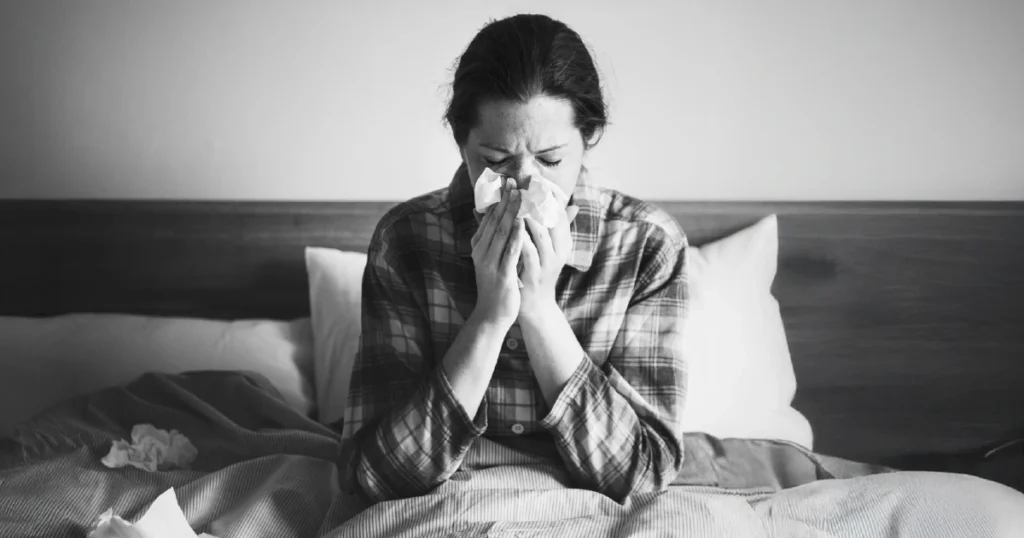While most people know women infected with human papillomavirus (HPV) can develop cervical cancer, far fewer are aware the virus poses significant cancer risks to men, as well, and that men are more likely than women to have HPV.
And a second study spotlights the rising incidence of cervical cancer rates in rural US counties.
The findings on HPV knowledge and misconceptions come from a new survey conducted by The Ohio State University Comprehensive Cancer Center. Researchers said the findings are concerning, especially because rates of throat and tongue cancers in men linked to HPV are rising.
45% of those surveyed did not know of other cancer risks
Overall, the survey included 1,005 respondents who completed the survey in early February of this year.
Among respondents, 45% did not know if HPV was linked to cancers other than cervical cancer. A similar percentage, 42%, said HPV was more common in women than in men. HPV is actually more common in men, but only women are screened for the virus, the authors said.
“This is concerning because more men are infected with HPV than women and they could unknowingly spread it to their partners,” said Electra Paskett, PhD, a professor in The Ohio State University College of Medicine, in a press release from the university’s Wexner Medical Center.
Tonsil and tongue-based cancers could become most common
Moreover, many of the cancers caused by HPV, including cervical and oropharyngeal (tonsil and tongue base) do not produce symptoms until they are advanced. Ohio State researchers said the rapidly rising rates of HPV-related oropharyngeal (tonsil and tongue base) cancers could be among the most common forms of cancer in adults between the ages of 45 and 65 years old if trends continue.
Once exposed, there are currently no treatments for HPV infections, and many who are unvaccinated unknowingly carry and spread high-risk strains of the virus
“It can take years or even decades for the genetic changes caused by HPV to take effect and transform into cancer,” said Matthew Old, MD, a head and neck surgeon at Ohio State. “Once exposed, there are currently no treatments for HPV infections, and many who are unvaccinated unknowingly carry and spread high-risk strains of the virus. That’s why vaccination is so important.”
Currently, 42 million Americans are estimated to have HPV.
Cervical cancer mortality higher in rural counties
In related news, a cross-sectional study found a recent increase in cervical cancer incidence in rural US counties, specifically among white women, and the incidence was 25% higher and mortality 42% higher in rural counties in recent years.
The study was published in JAMA Network Open, and authors said the findings underscore discrepancies in vaccine uptake and lower screening coverage in rural areas.
Data came from the National Program of Cancer Registries and Surveillance, Epidemiology, and End Results (NPCR-SEER) database. Between 2001 and 2019, 222,425 cervical cancer cases were identified, of which 84.3% were from urban counties and 59.9% were in White women.
Cervical cancer incidence increased by 0.85% per year (95% confidence interval [CI], 0.08% to 2.05%) in rural counties from 2012 to 2019 after decreasing from 2001 to 2012. Incidence in urban counties decreased from 2001 to 2013, then plateaued from 2013 to 2019.
“Overall, mortality was 1.42 (95% CI, 1.33 to 1.51) times higher in rural vs urban counties during 2015 to 2019,” the authors said. Rural Black, White, and Hispanic women were all more likely to die from cervical cancer compared to urban counterparts.
“The findings from this study highlight the importance of enhancing preventive care (HPV vaccination and screening access) in rural US counties, which remains suboptimal in comparison with their urban counterparts,” the authors concluded.













